If you go to Nepal, you’ll likely hear about Pokhara right away. That was the case with me. People started singing the praises of Pokhara to me almost immediately after I arrived in the country.
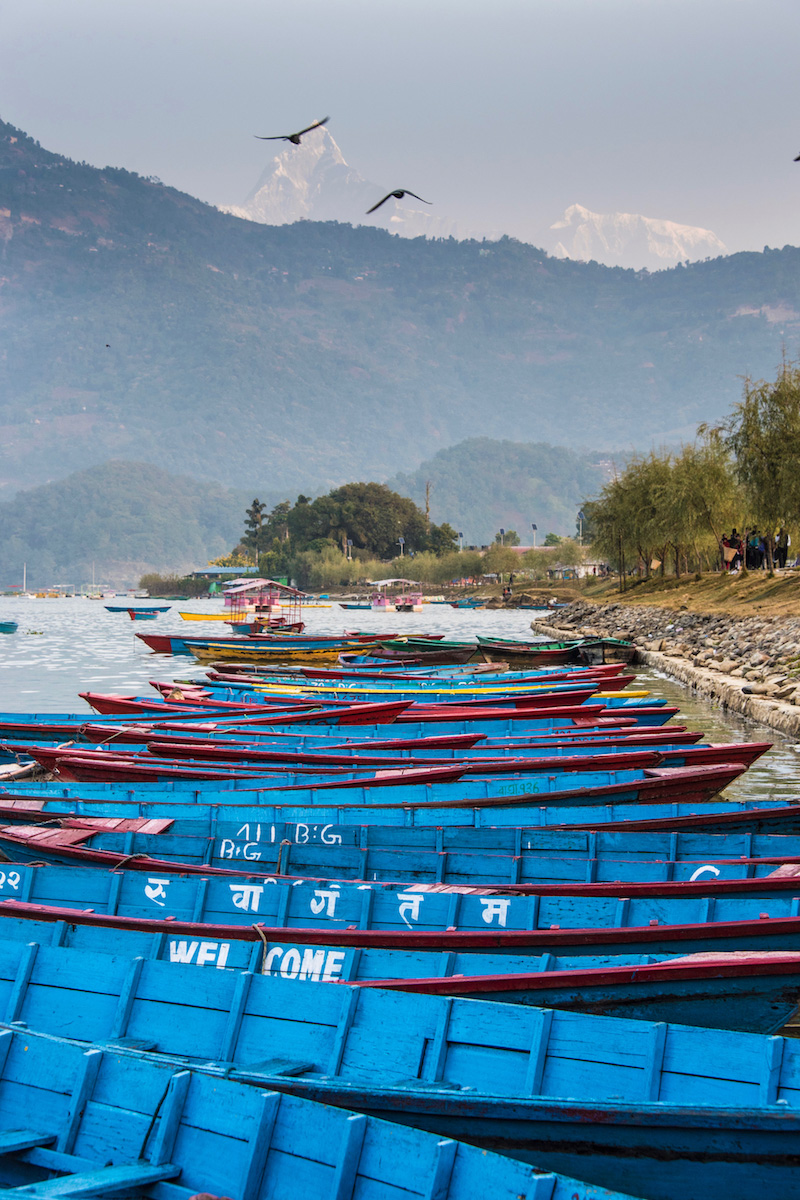
“By comparison,” my Grindr hook-up (the one with Batman logo on his motorcycle seat, whom I mentioned somewhere in the bowels of this massive essay) said as we were on our way to watch Hindu dead be burned at Pashupatinath, “Kathmandu is a piece of shit.” (I liked Kathmandu immediately, but the standstill traffic all around us certainly didn’t weaken his point.)
This continued throughout my Himalaya trek, to the extent that I was more excited to walk the shores of Pokhara’s Phewa Lake than I was to leave behind the freezing cold nights of Tengboche Monastery and Phakding, which you’ll know is saying something if you’ve ever shivered through a night in the foothills of Mt. Everest.
I continued allowing my anticipation to build up by spending my first evening in Pokhara locked in my hotel room, a decision that was born more of a desire to rest my sore feet. But no bother: I had a lot of expectations of Pokhara by the time I finally began exploring it, which might explain why I found it so profoundly overrated.
What I Liked About Pokhara
Pokhara wasn’t all bad, so allow me to start with what I liked about it. I love my hotel which was south of the main tourist strip, away from all the eco-bros and yoga babes. Furthermore, I really enjoyed my long walk to Davis Falls (more about the falls themselves in a second) and the very local parts of town it took me through.
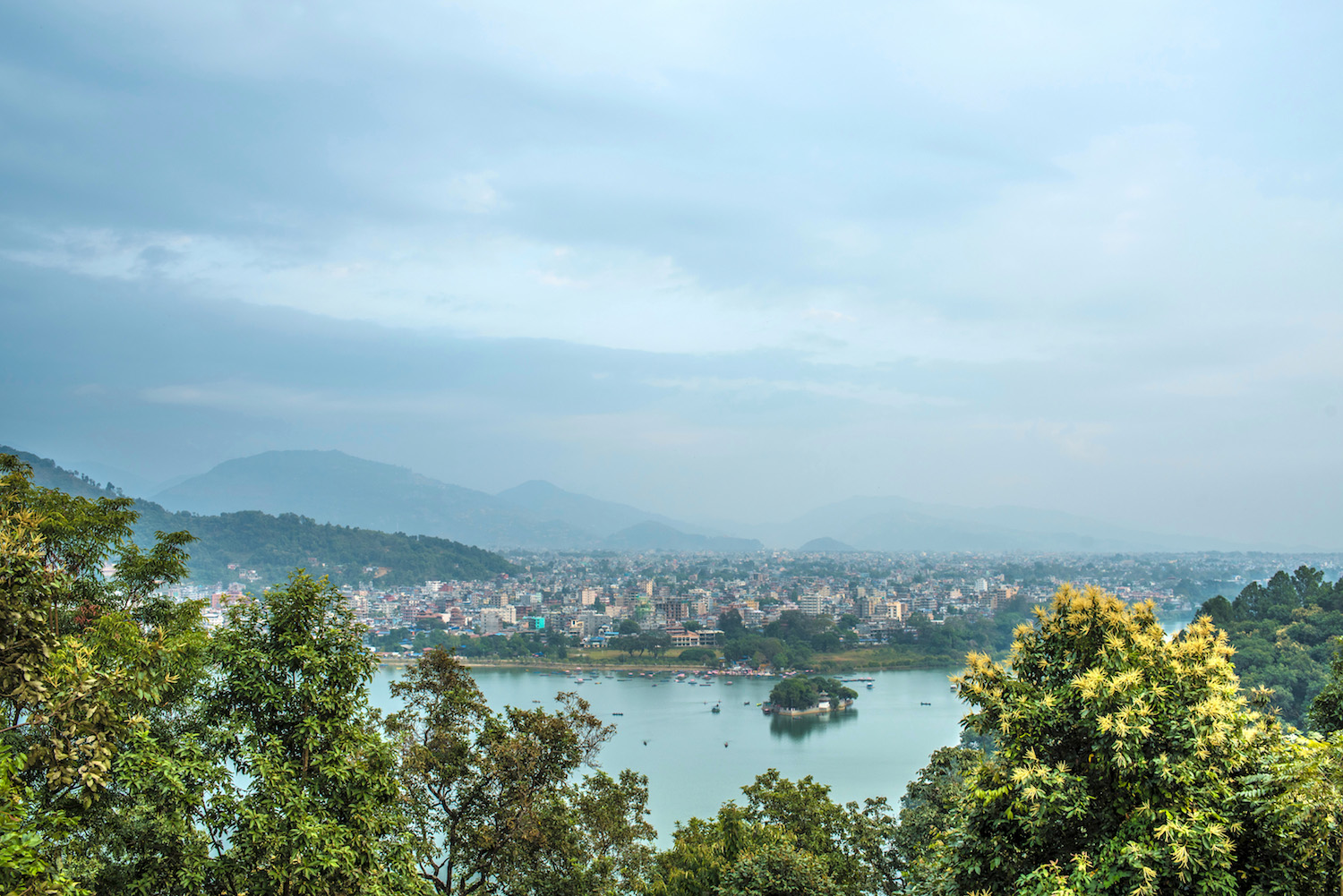
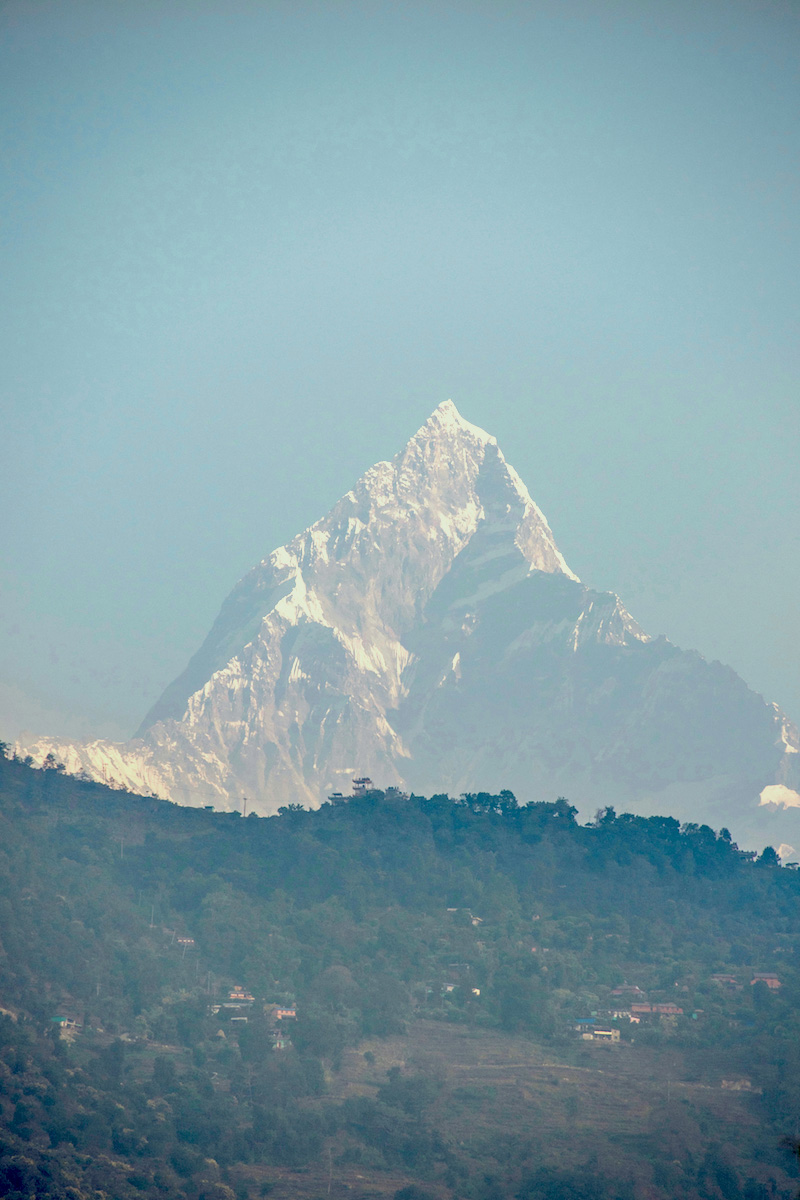

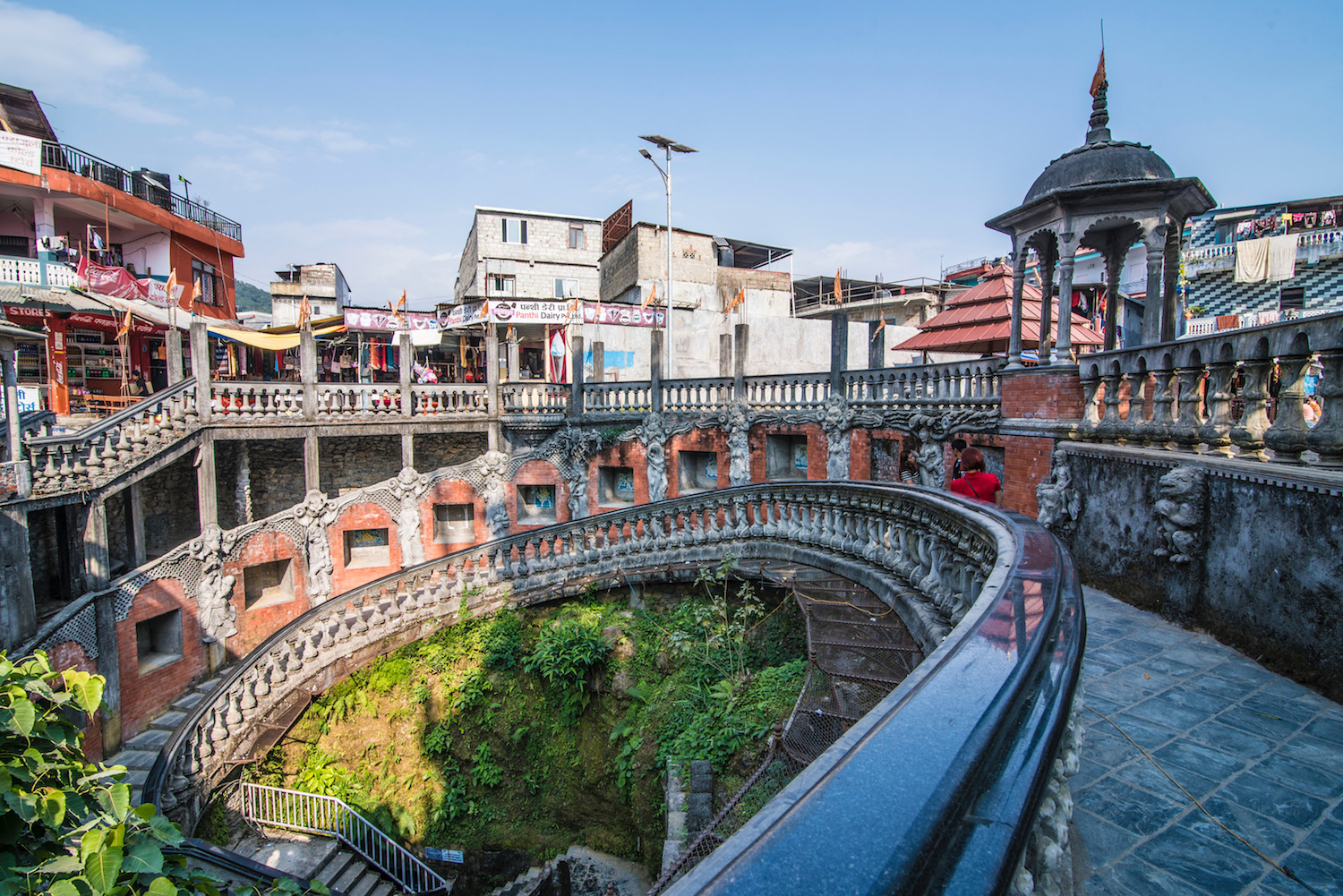
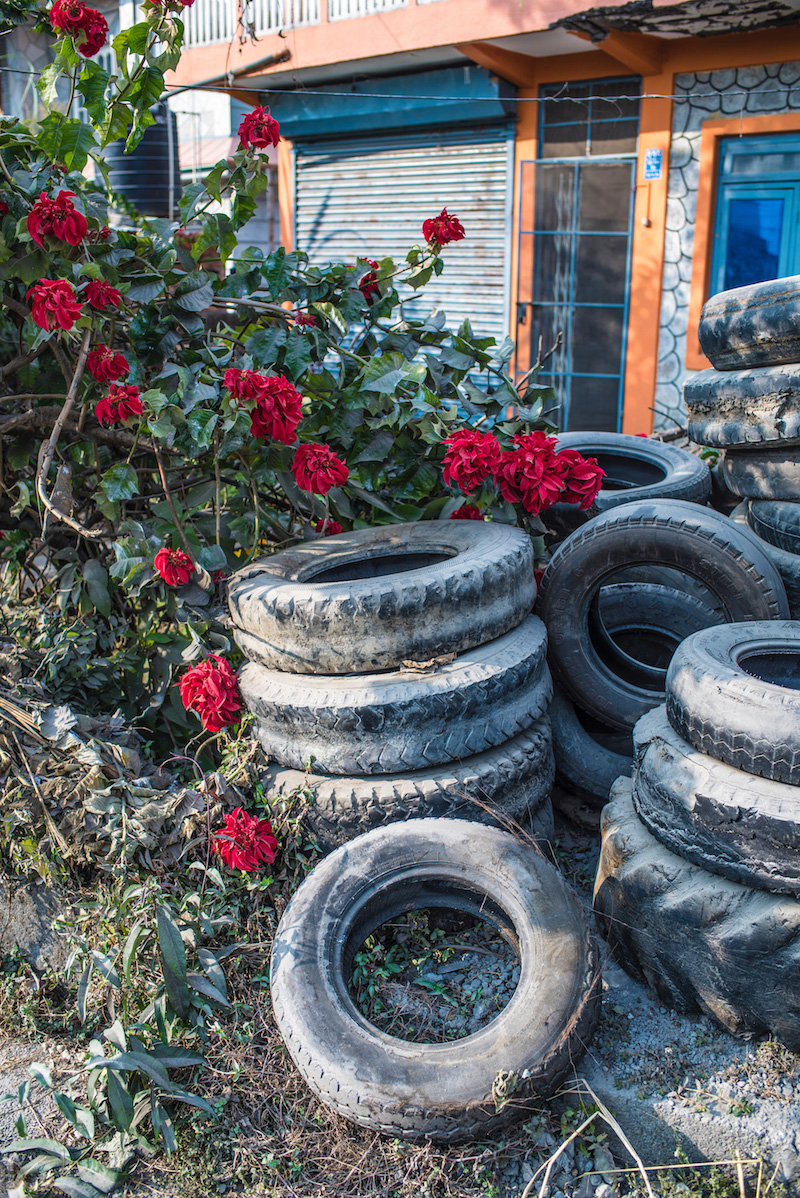
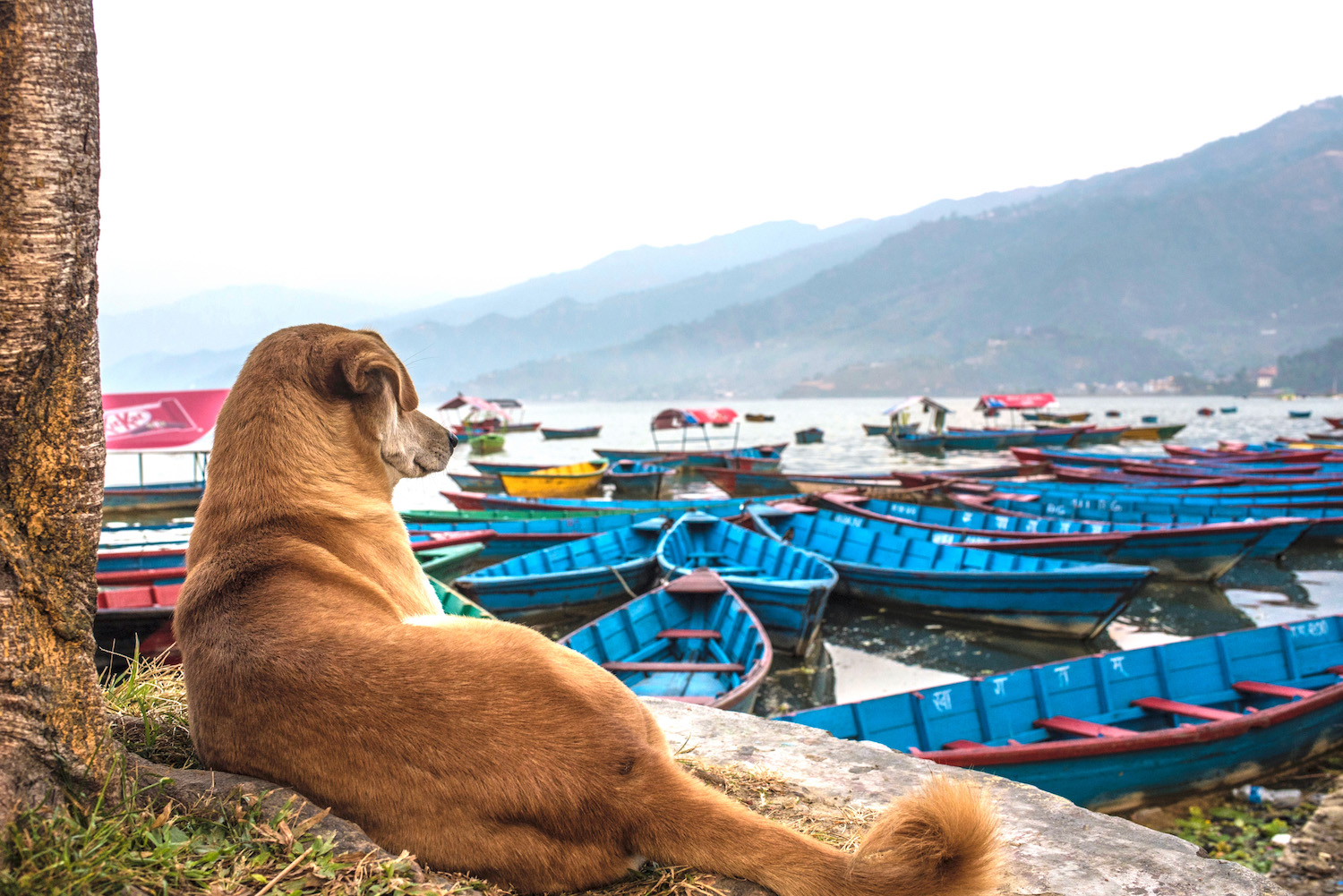
The Problem With Phewa Tal
Colorful rowboats on a pristine lake are the iconic image Pokhara, so that was what I set out in search of just before the sun rose on my first morning in the city. While I indeed found the boats (and, for what it’s worth, a very chummy canine friend), I also found a lake that was incredibly polluted, and incredibly crowded with tourists (mostly Nepalis, but tourists just the same) at a very early hour of the morning.
To be sure, there’s nothing relaxing about Phewa Tal, not even if you hire one of said boats and paddle out on the lake, or even have someone paddle for you as I did. There are some nice views to be had, be they of the Annapurna Range in the distance (on a clear day), the Hindu Temple on an island in the middle of the lake, or the panorama from the hike up to the World Peace Pagoda, but Phewa Lake is overall pretty weak, if you ask me.
Davis Falls and Other Downfalls
I mentioned Davis Falls (which I’ve seen alternatively referred to as Devis Falls and Devi’s Falls), named for a Swiss tourist who feel into them and died long before I was born. The good news is that the falls are within the city, and are a quick taxi ride (or slightly less quick walk) away from anywhere you might be. The bad news is that they’re covered by a metal fence, completely inundated with tourists and the grounds around them are poorly maintained.
Even worse, the area around the falls does them little favors, at least not in terms of tourist attractions. I did enjoy the Robotic Buddha Museum, but not because it was spectacular or even really all that good.
To be sure, as was the case for Pokhara in general, I derived more pleasure in the vicinity of Davis Falls and the nearby Gupteshwor Cave, which smells like a toilet and isn’t very attractive, and through activities such as spotting wild poinsettias and saying hi to locals.
The Bottom Line
Pokhara has a golden reputation among Nepalis and snow-white yoga babes alike, but no amount of free Lululemon swag could make me want to return there. At the same time, I do think it’s important to visit Pokhara if you’re in Nepal already, if only to make this judgment for yourself. After all, there are substantially more people who agree with me than disagree.

Robert Schrader is a travel writer and photographer who’s been roaming the world independently since 2005, writing for publications such as “CNNGo” and “Shanghaiist” along the way. His blog, Leave Your Daily Hell, provides a mix of travel advice, destination guides and personal essays covering the more esoteric aspects of life as a traveler.








